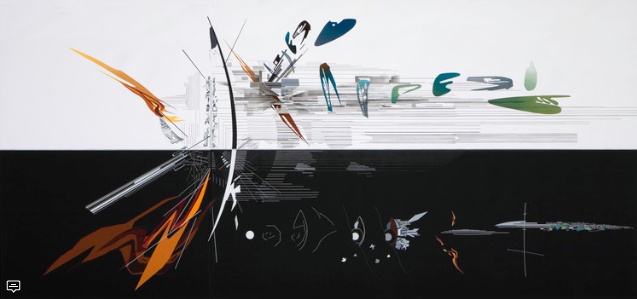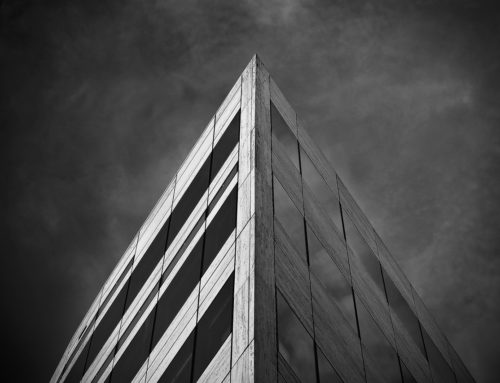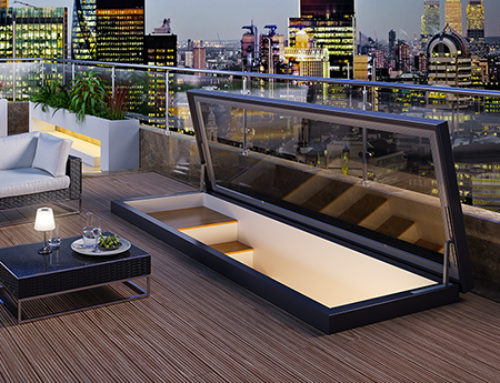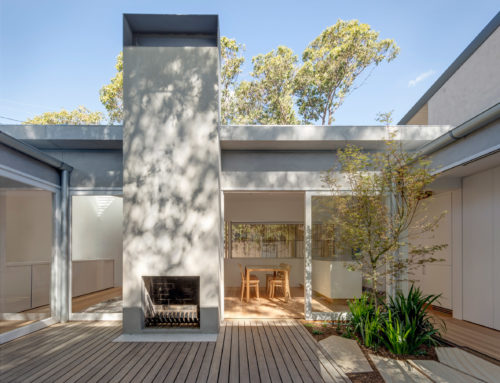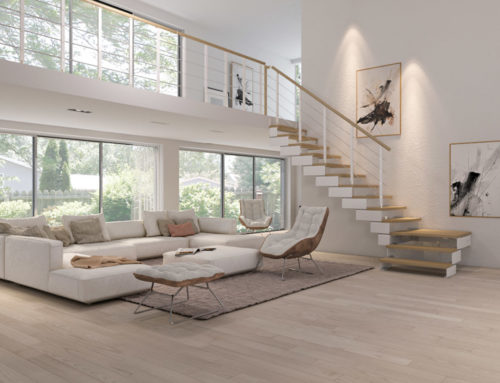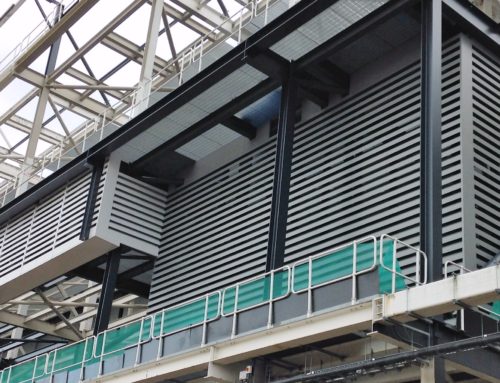Today, on October 31st, we celebrate what would have been the 66th birthday of Zaha Hadid (1950-2016) who tragically died in March. Internationally renowned for her avant-garde search for architectural proposals that reflect modern living, Hadid made abstract topographical studies for many of her projects, intervening with fluid, flexible and expressive works that evoke the dynamism of contemporary urban life.
In honor of Hadid’s birthday and in order to further knowledge of her creative process and the development of her professional projects, here we have made a historic selection of her paintings which expand the field of architectural exploration through abstract exercises in three dimensions. These artistic works propose a new and different world view, questioning the physical constraints of design, and showing the creative underpinnings of her career.

What Were Zaha Hadid’s Early Inspirations?
From the beginning of her career Zaha Hadid was influenced by the artist Kazimir Malevich, who led her to use paint as a tool for architectonic exploration. During the 1980s, before Zaha had realized any of her works, she was faced with many fruitful years of theoretical architectural design. In these years she created a precedent for her entire career, with these explorations later consolidated in material form in her works.

“I was very fascinated by abstraction and how it really could lead to abstracting plans, moving away from certain dogmas about what architecture is” – Zaha Hadid

Hadid began her paintings with essays in a macro urban scale, exploring proposals for masterplans and forms of connection within and between cities. In her paintings of “The Peak,” Hadid proposed a landmark as a respite from the congestion and intensity of Hong Kong, developed on an artificial mountain.

In “The World (89 degrees)” the architect explored the multiple capabilities of new technologies and their impact on architectural design, producing an abstract composition—almost like a satellite view of the world. Using only sharp angles that give dynamism to the view, the plan is crossed by a wide curved horizon which in its movement embodies the constant change in contemporary lifestyles.

Hadid also used this graphic research to rethink existing urban spaces, as in the case of “Grand Buildings Trafalgar Square.” In this painting, in addition to inserting a public podium recognizing the tradition of public meetings in the square, Hadid introduced tall buildings with public terraces, whose height would correspond with various landmarks in the city.


Entering into a public competition to design an urban development plan for what was at the time West Berlin, in “Victoria City Aerial” Hadid intervened with an urban context organized around programmatic corridors at different heights that would inject commerce and culture into the area.



The Hafenstrasse development was designed by Hadid to fill intermediate spaces in a zone of traditional vertical housing in Hamburg. The graphic essays propose a succession of permeable constructions with terraces that connect to the river Elbe.



In 1992 Zaha Hadid was called on to develop a collection of paintings and drawings for “The Great Utopia,” an exhibition on Russian Constructivism at the Guggenheim Museum in New York. In response, Hadid realized an interpretation of Vladimir Tatlin‘s Monument to the Third International (1919-1920), in addition to experimenting with recreations of other Russian artists such as Kazimir Malevich.


In her studies for the Vitra Fire Station, Hadid’s paintings materialize and freeze the movement of the work, tracing the plan’s emerging and inter-connected walls, and giving a sensation of suspense before imminent movement.

From her student days onward, Zaha Hadid used painting as a part of her broad and profound process of architectural creation, demonstrating that we must never stop experimenting. Despite painting throughout her career and realizing multiple exhibitions of her painted work, she never accepted the definition of artist, since all her graphic explorations were part of her ongoing architectural exploration; using the flexibility inherent in art to delve freely into her experimentation as an architect.
For more on Zaha Hadid’s relationship to art, check out a documentary in which she discusses the influence of Kazimir Malevich on her work here.

Source: archdaily.com

